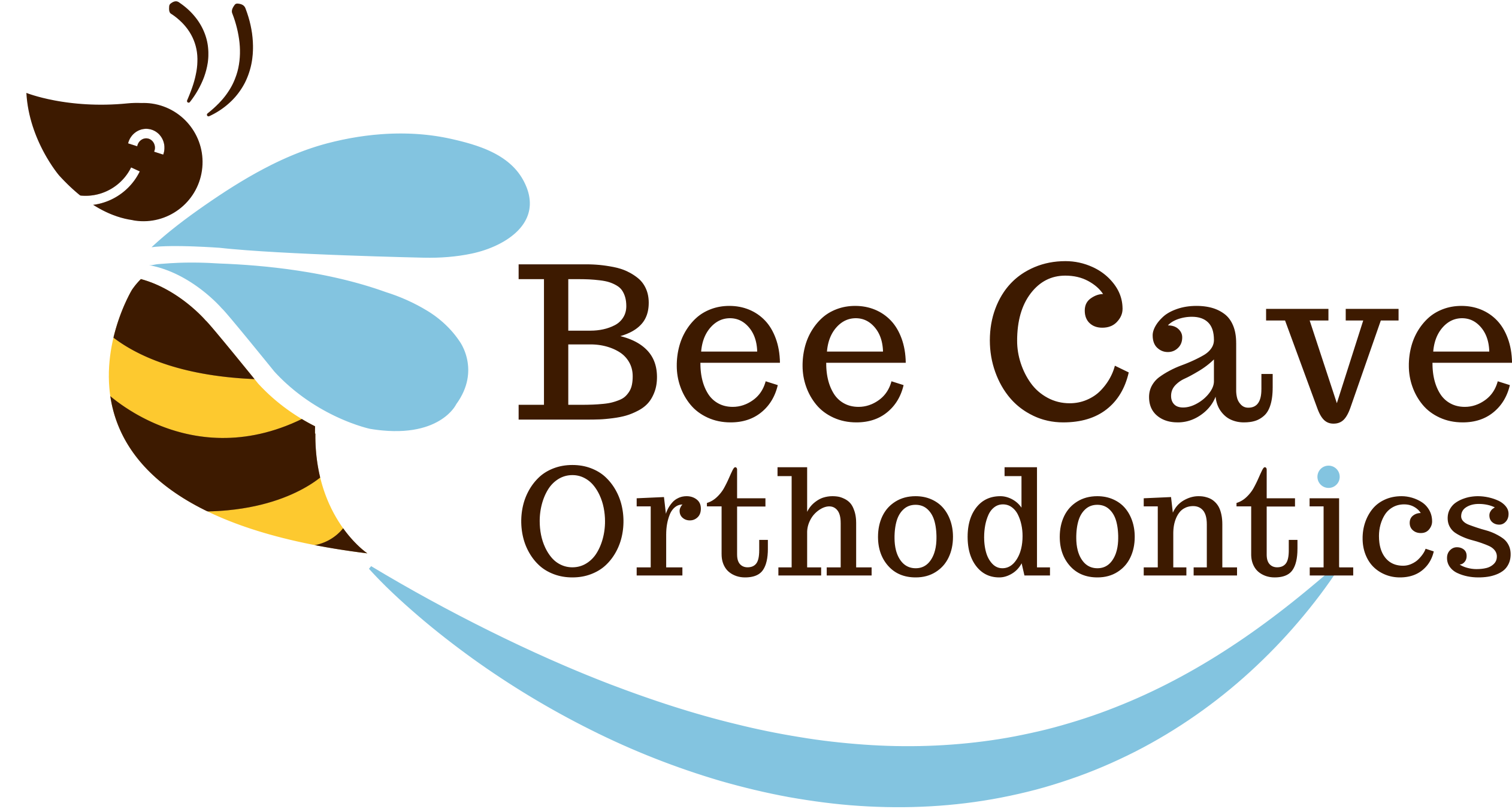Child Might Need Braces? Discover 7 key signs to watch for and learn about modern treatment options like Invisalign First to help your child achieve a healthy, confident smile. – Bee Cave Orthodontics – Austin, Texas
When it comes to your child’s health, early detection often makes all the difference — and that includes orthodontic care.
Recognizing the early signs that your child might need braces can lead to simpler, faster, and more effective treatment options. Here’s what you should look for and how modern orthodontic solutions, like Invisalign First, can help.
1. Crooked or Crowded Teeth
One of the most obvious signs is visible misalignment. If your child’s teeth overlap, twist, or seem crammed together without enough space, it could indicate that their jaw is too small to accommodate all of their permanent teeth. Early intervention can help guide proper jaw development, potentially avoiding more complex procedures later on.
Treatment options:
-
Traditional braces
-
Invisalign First for a more discreet, comfortable solution for younger patients
2. Early or Late Loss of Baby Teeth
The timing of losing baby teeth matters more than many parents realize. If your child loses baby teeth much earlier or later than peers, it could disrupt how permanent teeth emerge, leading to alignment problems.
Treatment options:
-
Space maintainers to hold the correct position for permanent teeth
-
Early orthodontic evaluation to monitor and guide development
3. Difficulty Biting or Chewing
If your child struggles to bite into foods like sandwiches, apples, or even soft foods, it might signal bite issues such as overbite, underbite, or crossbite. Difficulty chewing can affect nutrition, speech, and even self-confidence.
Treatment options:
-
Braces to correct bite alignment
-
Invisalign First for mild to moderate bite corrections
4. Mouth Breathing and Snoring
Frequent mouth breathing and snoring, especially if paired with restless sleep, can be signs of jaw structure issues. A narrow palate or improper jaw alignment can contribute to breathing difficulties, affecting overall health and development.
Treatment options:
-
Palatal expanders to widen the upper jaw
-
Early intervention with orthodontic appliances to improve airway space
5. Prolonged Thumb Sucking or Pacifier Use
If your child continues thumb-sucking or using a pacifier beyond age four, it can affect the way their teeth and jaw develop. Prolonged habits may cause open bites, where the upper and lower teeth don’t meet properly.
Treatment options:
-
Habit-breaking appliances
-
Orthodontic evaluation to assess and correct the impact on tooth alignment
6. Speech Difficulties
Speech problems like lisps, difficulty pronouncing certain letters, or unclear speech can sometimes be linked to orthodontic issues. Misaligned teeth or jaws can affect tongue placement and the way sounds are produced.
Treatment options:
-
Orthodontic appliances to adjust jaw and teeth positioning
-
Collaboration with a speech therapist if necessary
7. Jaw Shifting, Clicking, or Popping
If you notice your child’s jaw shifting to one side when opening or closing, or hear clicking or popping sounds, this could indicate a jaw misalignment or developing TMJ (temporomandibular joint) problems.
Treatment options:
-
Braces or Invisalign First to correct jaw positioning
-
Special orthodontic appliances to guide proper joint function
Why Early Treatment Matters
The American Association of Orthodontists recommends that children have their first orthodontic evaluation by age 7. Even if braces aren’t immediately needed, early check-ups allow orthodontists to monitor growth patterns and intervene at the perfect time if necessary.
Modern treatments like Invisalign First are game-changers for young patients. Invisalign First is specifically designed for children aged 6-10, offering a comfortable, removable, and nearly invisible alternative to traditional braces. It helps address issues like crowding, spacing, and narrow dental arches, all while being easy for kids to manage — and for parents to love.
Final Thoughts
Spotting the early signs that your child might need braces is crucial for setting them up for a lifetime of healthy smiles. If you recognize any of these seven signs, don’t wait — schedule an orthodontic consultation. With options like traditional braces and innovative solutions like Invisalign First, your child can receive customized care that’s as gentle and effective as possible.
A bright, confident smile starts with early attention and expert guidance!
Schedule a Free Consultation now!
- Click here to Schedule a Free Consultation now!
- Want to get to know us a little better? Check out our YouTube Videos!


